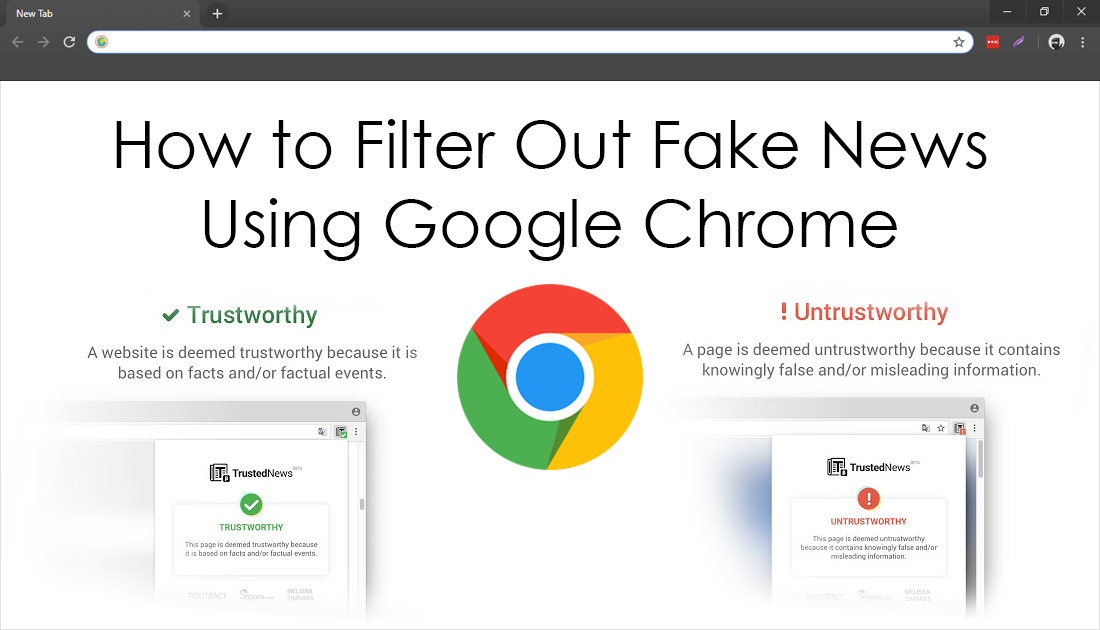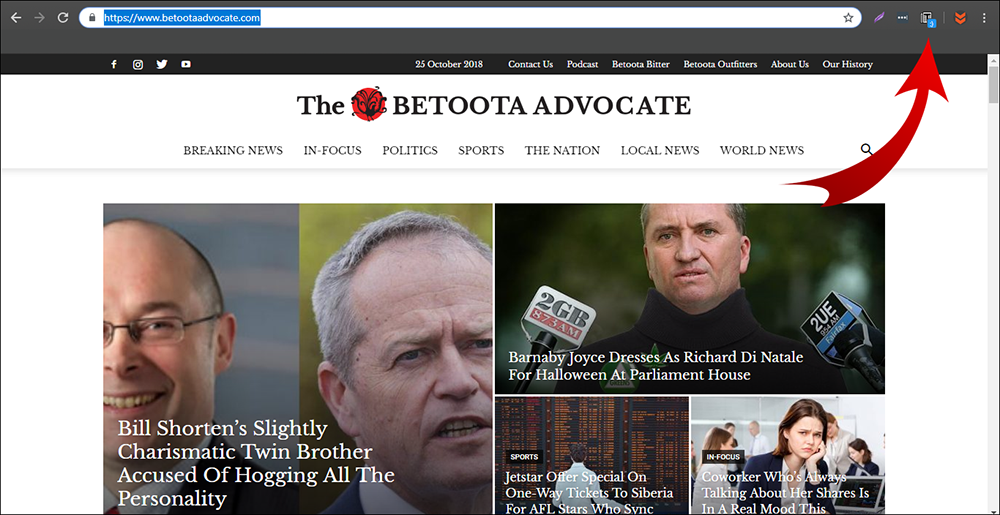Table of Contents
If you are worried about the amount of fake news content you come across on the Internet, this article will show you how to verify a decent portion of web content you come across during your daily browsing. Although you won’t be able to verify everything, it's a damn good start!

How to Share Music From Soundcloud to Instagram. (Share Soundcloud Music to Instagram Stories)
As the amount of fake news on the Internet reaches all new highs, Internet giants like Facebook, Twitter, and Google are desperately trying to come up with working solutions to stem the staggering amount of misleading content. Since fake news is also linked to the revenue streams for these three giants, progress on the issue has been unsurprisingly slow.
Stepping in to pick up the slack of these giants is a company you’ve probably never heard of called Eyeo, which is behind a service you have definitely heard of called Adblock. Eyeo has just officially released a new extension called TrustedNews that aims to verify the content you are browsing for and reading online. Unfortunately, for the time being, the extension is only available for Google Chrome users, which sadly means Firefox, Opera, Safari, Brave, Edge, and a range of other browsers won’t have any support. At least in the near future.
Related: How to Sign into Two OneDrive Accounts at the Same Time on Windows 10.
How Do You Verify Online News as Authentic, Not Fake News?
Although TrustedNews isn’t 100% perfect, it does a pretty good job of verifying content by breaking content down into specific categories. TrustedNews is powered by the MetaCert Protocol and uses sources like Snopes and PolitiFact to gauge the truthfulness of news content across the Internet. Admittedly this isn’t an exact science, but it is a lot better than no science. It will also be interesting to see if the service is vulnerable to big money and agendas!
The Seven Categories TrustedNews Breaks Content into are.
Unknown: Will be displayed if insufficient data stops TrustedNews from evaluating and rating a specific website.
Untrustworthy: Will be shown if a website is knowingly publishing fake or misleading information.
Satire: Shows when a website is known for publishing satirical content that is generally not advised to be taken seriously, though in many cases is still somewhat factual. (The Betoota Advocate as a classic example of Satire. Though I would almost always call it truthful Satire)
Biased: Means that a website is more often than not publishing politically biased information promoting skewed views of a situation. These could also be considered agenda based sources.
Malicious: A pretty straightforward diagnosis of a website that should already be picked up by Chrome as bad for you and your computer. Usually, it will contain, viruses and malware.
Clickbait: A website that will lure you into clicking on a link, image or video based on a catchy title, only to show you nothing of interest. These websites are specifically designed to bring in ad revenue for the creator.
User-Generated Content: This category contains websites like Twitter, Facebook, Instagram, Tumblr, Reddit, YouTube, etc. Generally, websites and blogs that contain user-generated content and opinions.

Installing TrustedNews For Google Chrome.
If you like the idea of TrustedNews and want to see if it actually helps, you can grab it from the link below. Simply click Add to Chrome and it will start checking content for you.
Add TrustedNews to Google Chrome.

Once installed to Chrome a website's rating will be displayed as an icon on the TrustedNews extension icon. For example, trusted sites will show as a green tick, satire sites will show as a blue smiley, etc. (A list of all the icons is shown on the extensions installation page) Just keep in mind that the service is still quite new so there are still thousands of websites that don’t yet have a rating. However, with time the database will surely grow.
